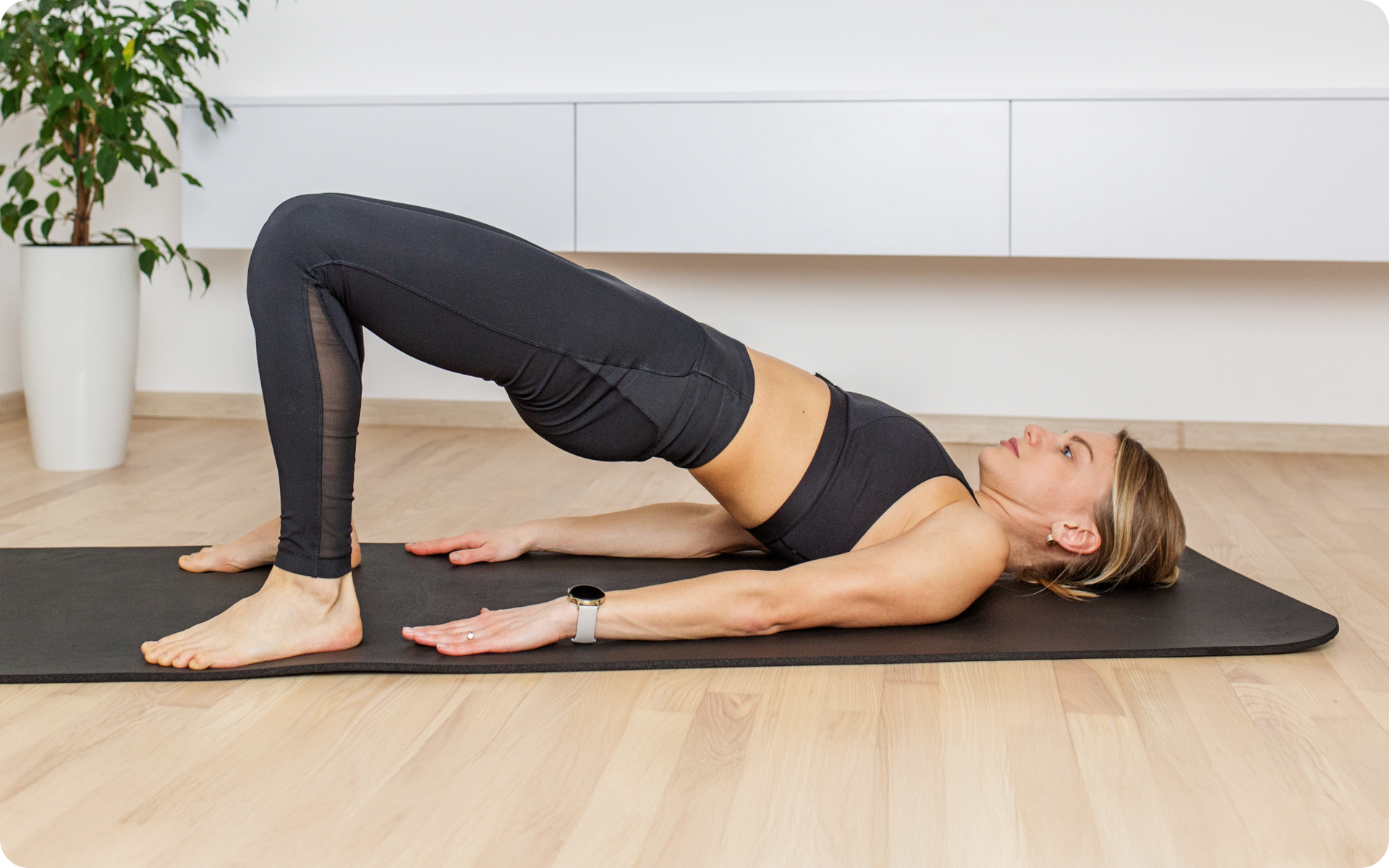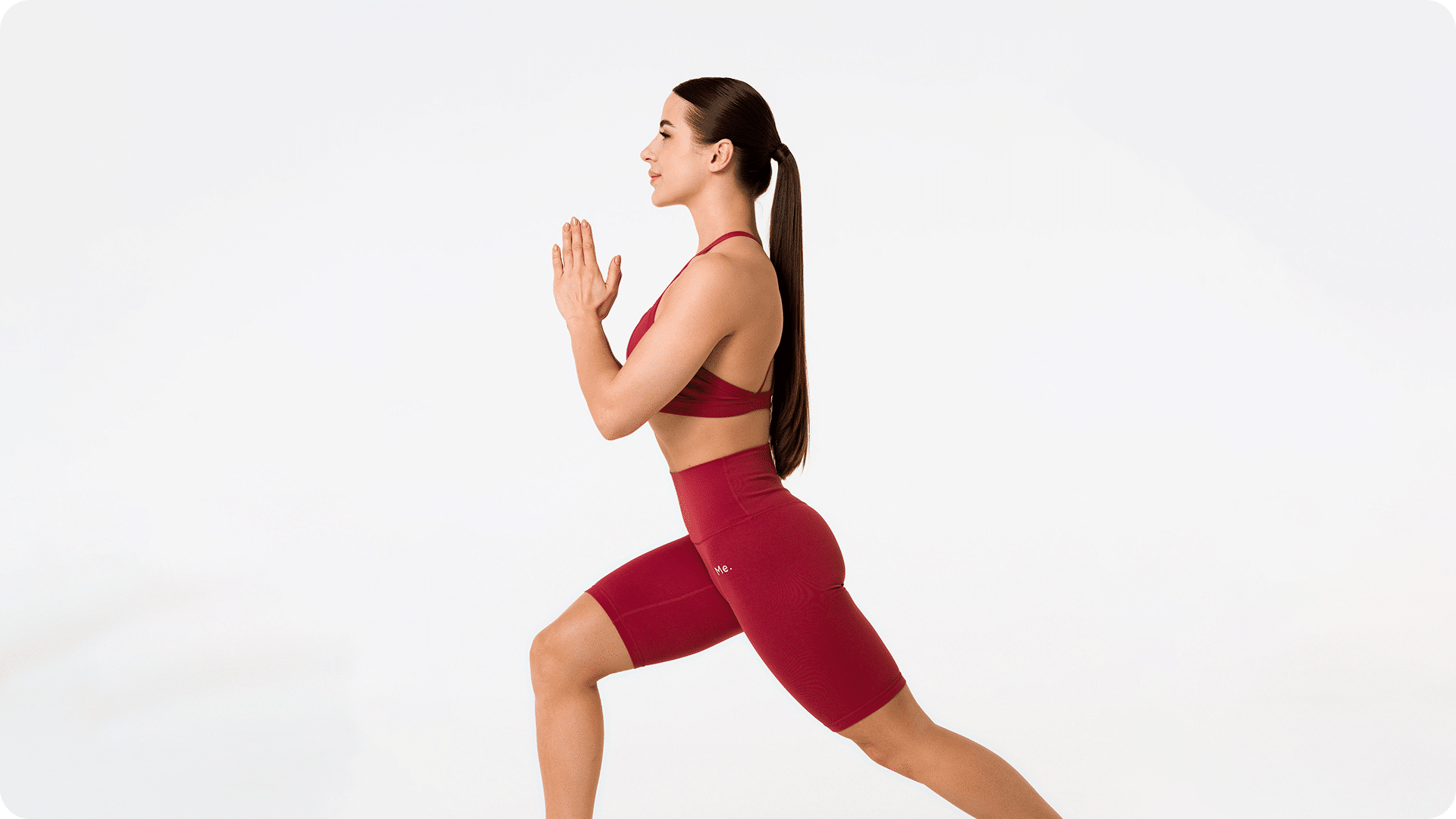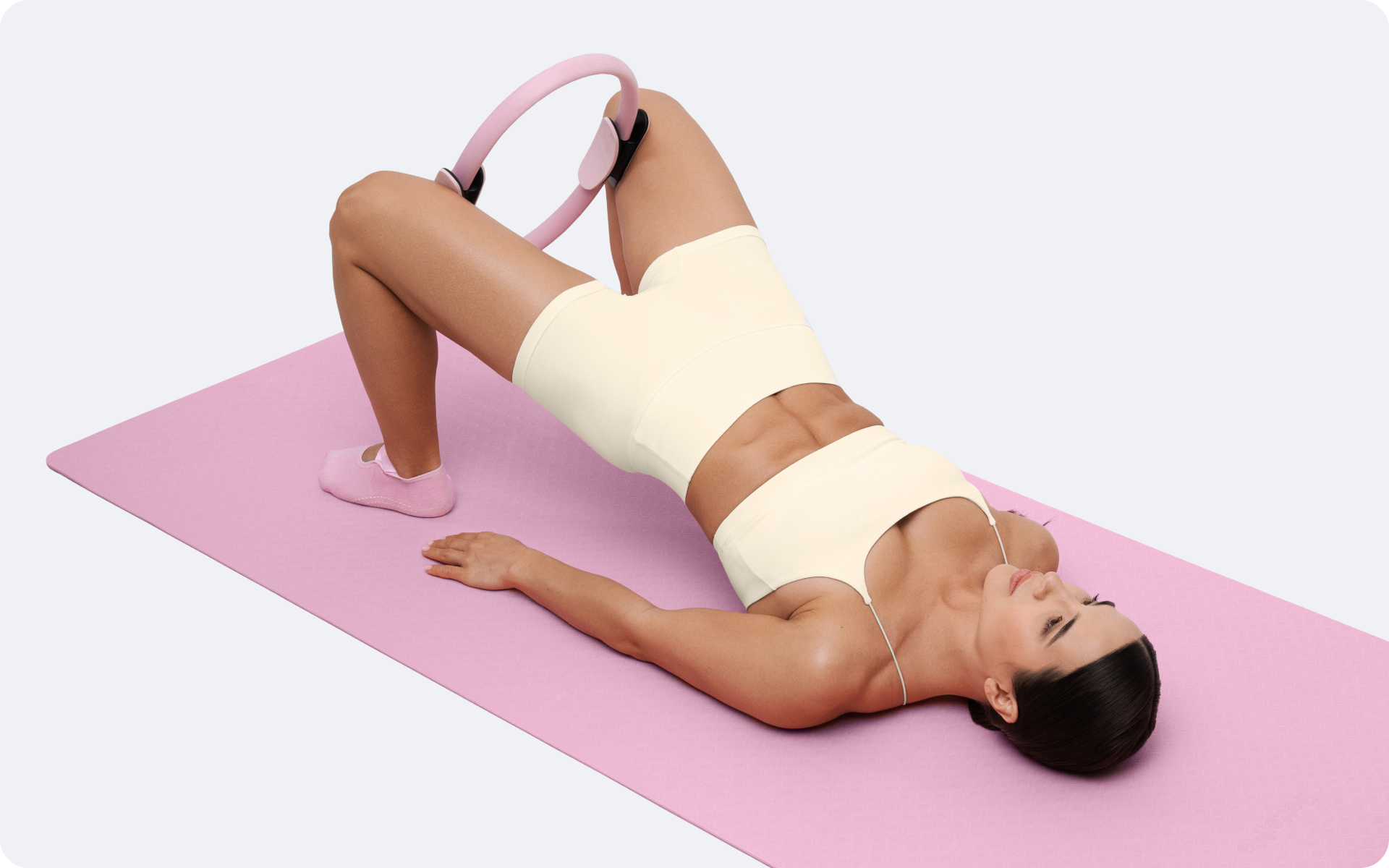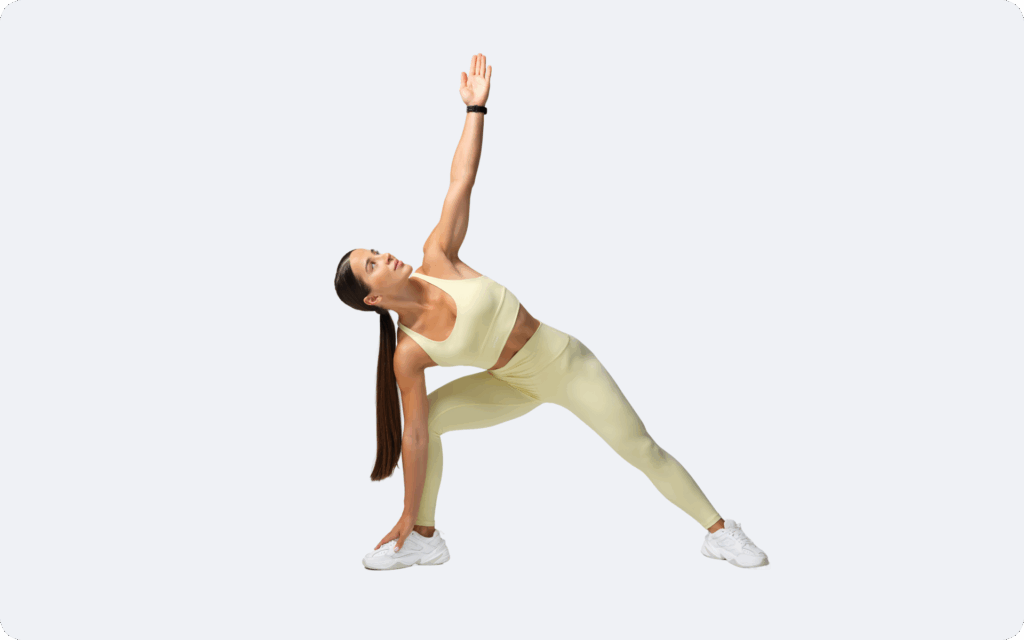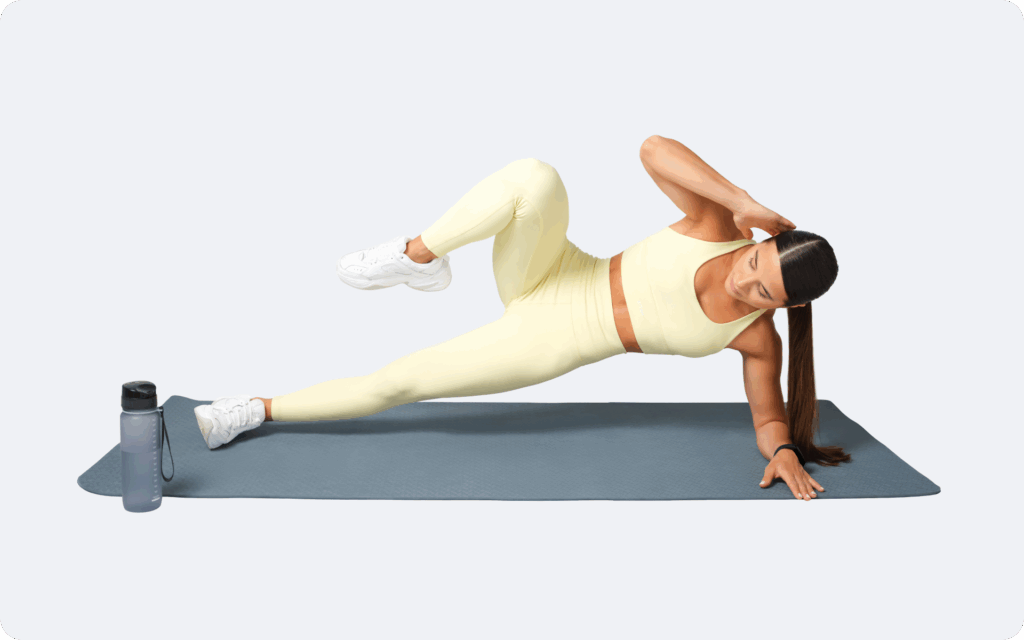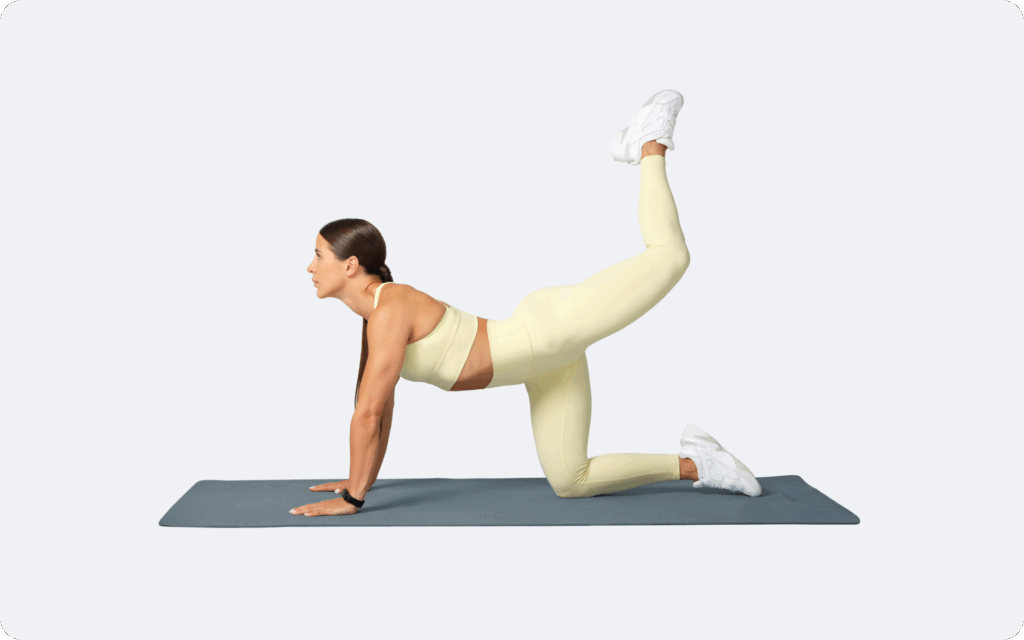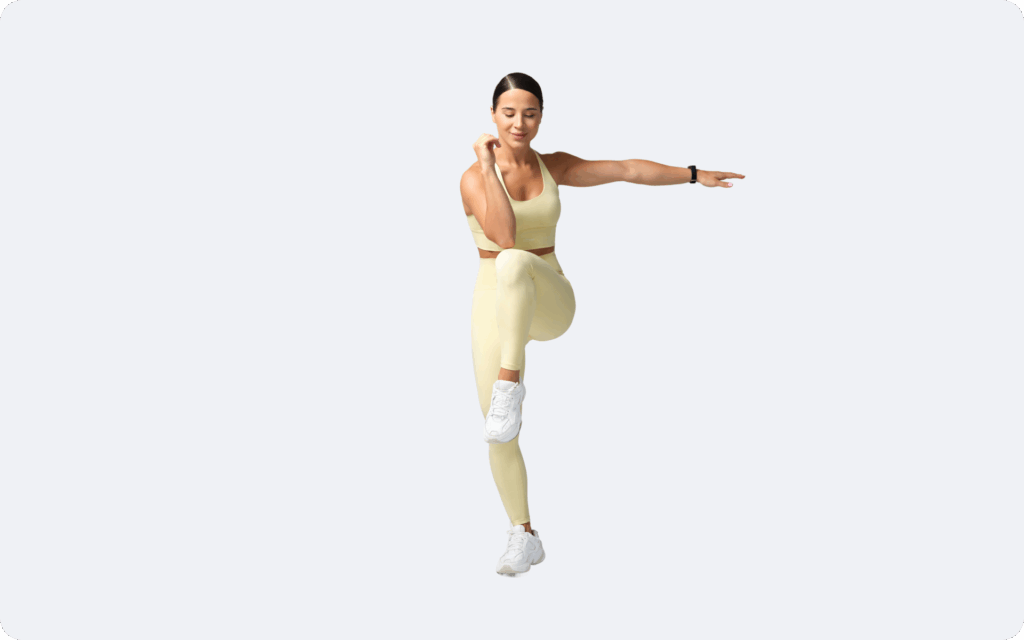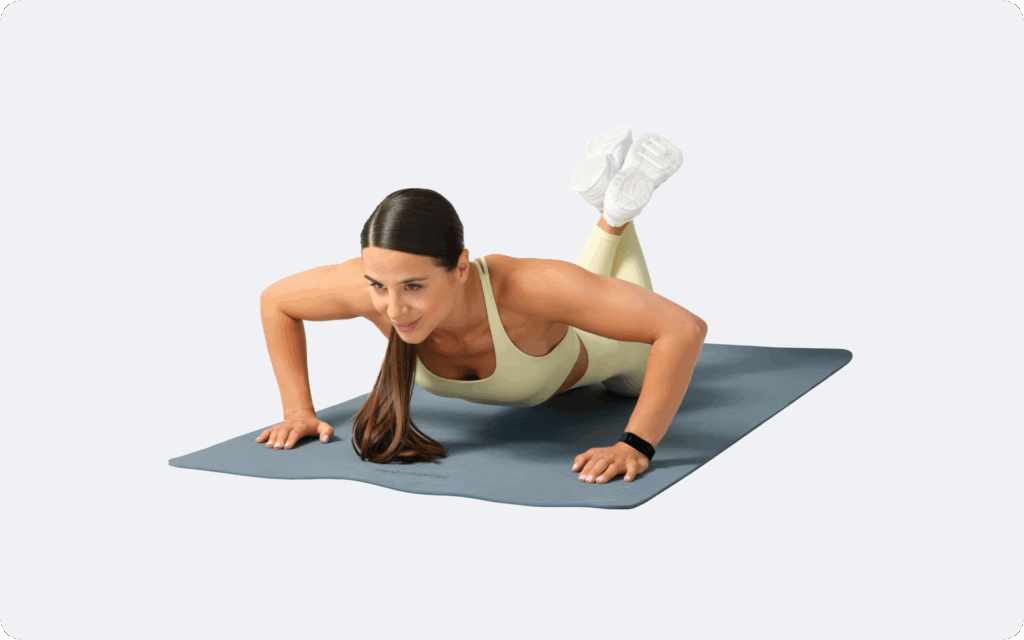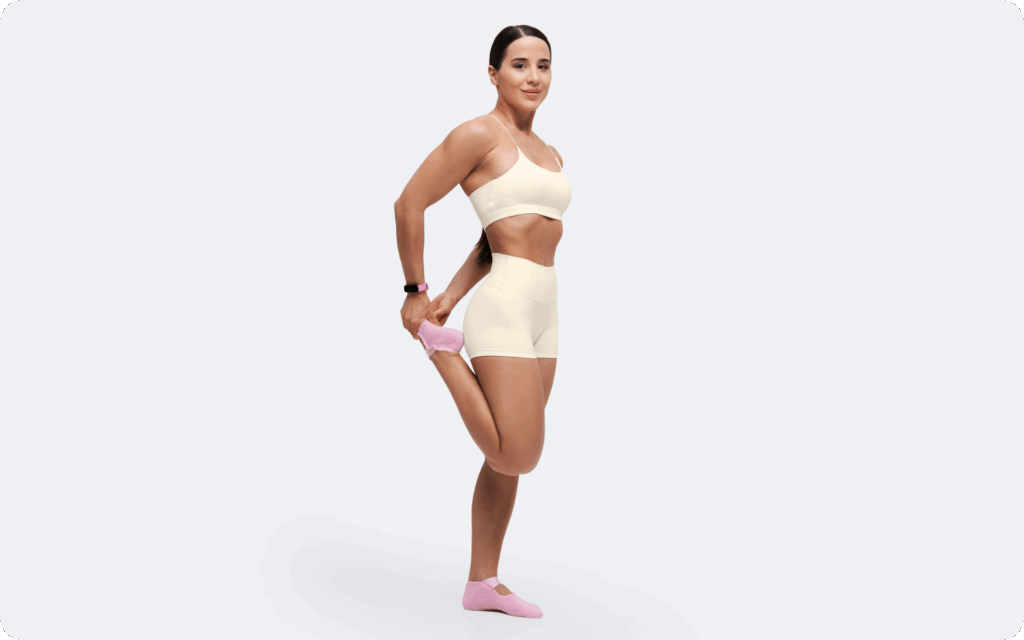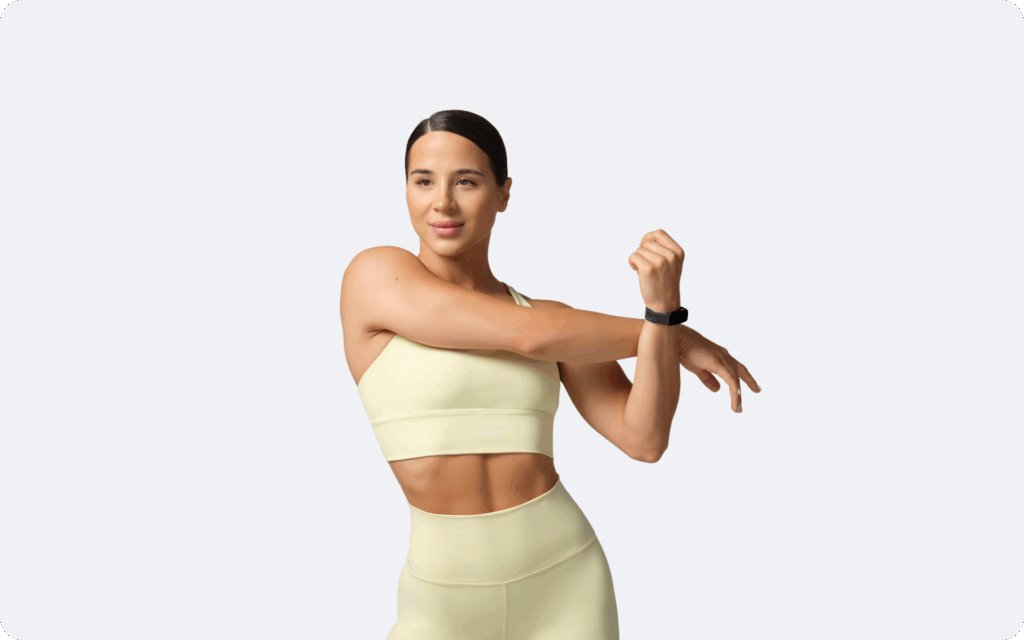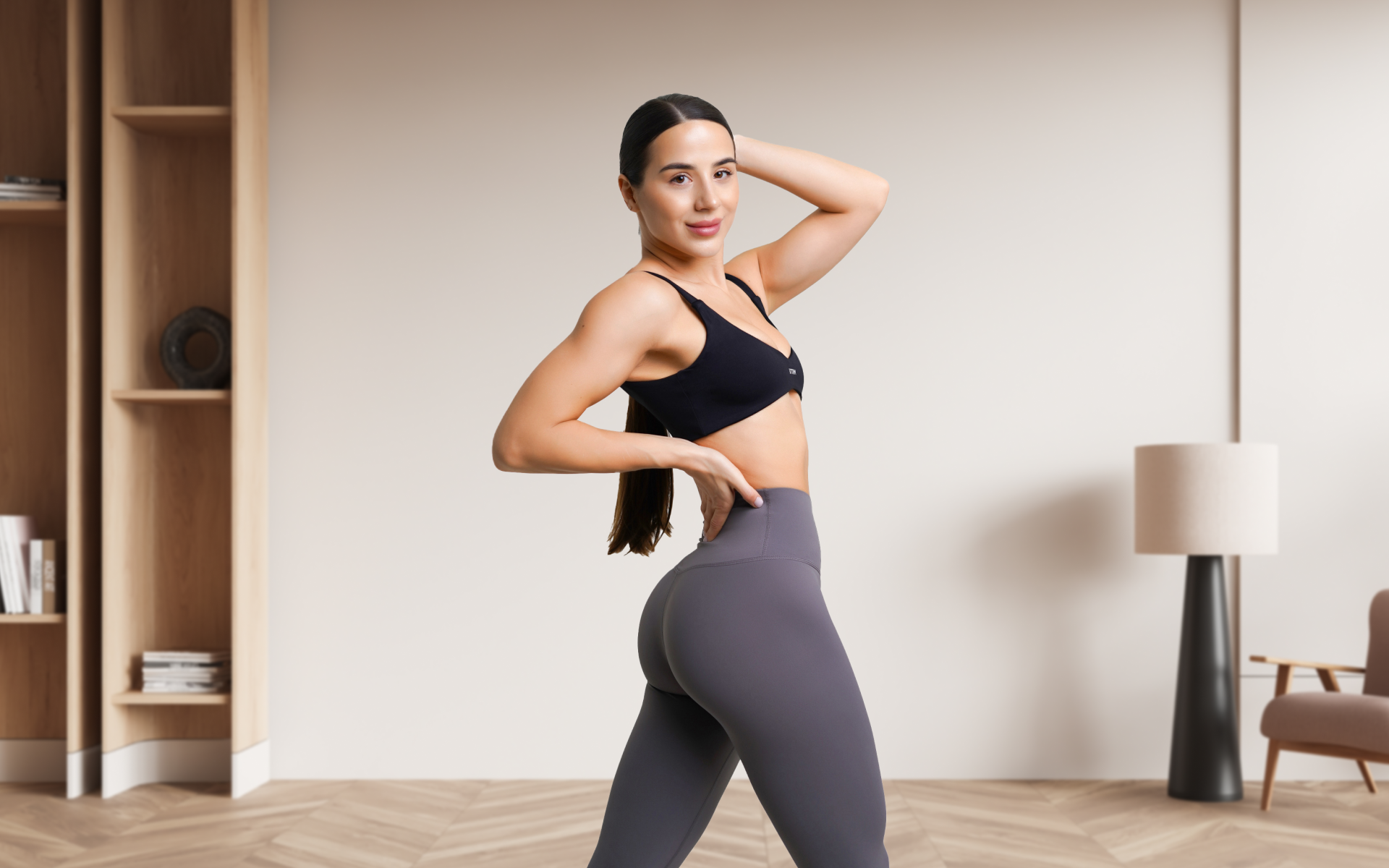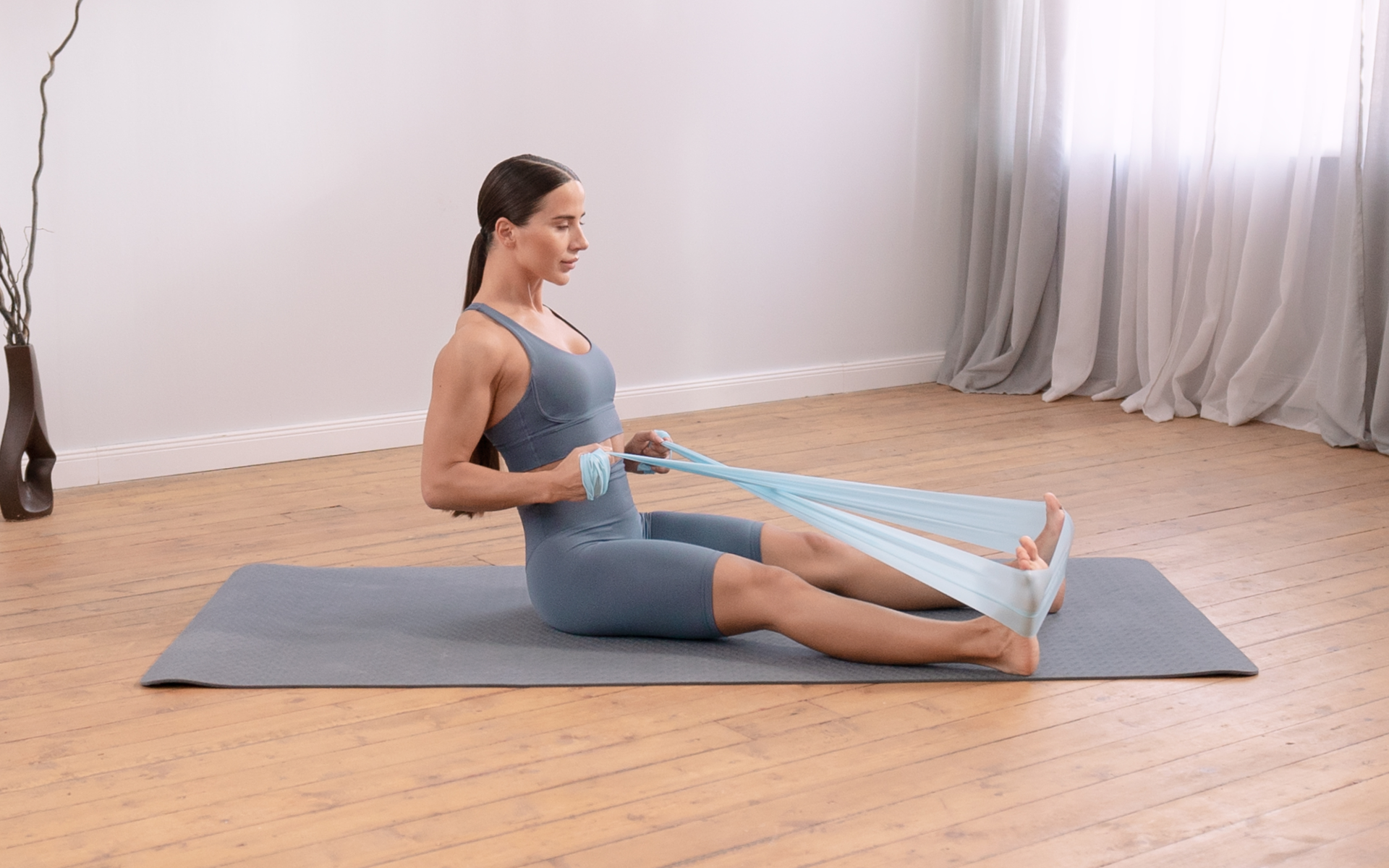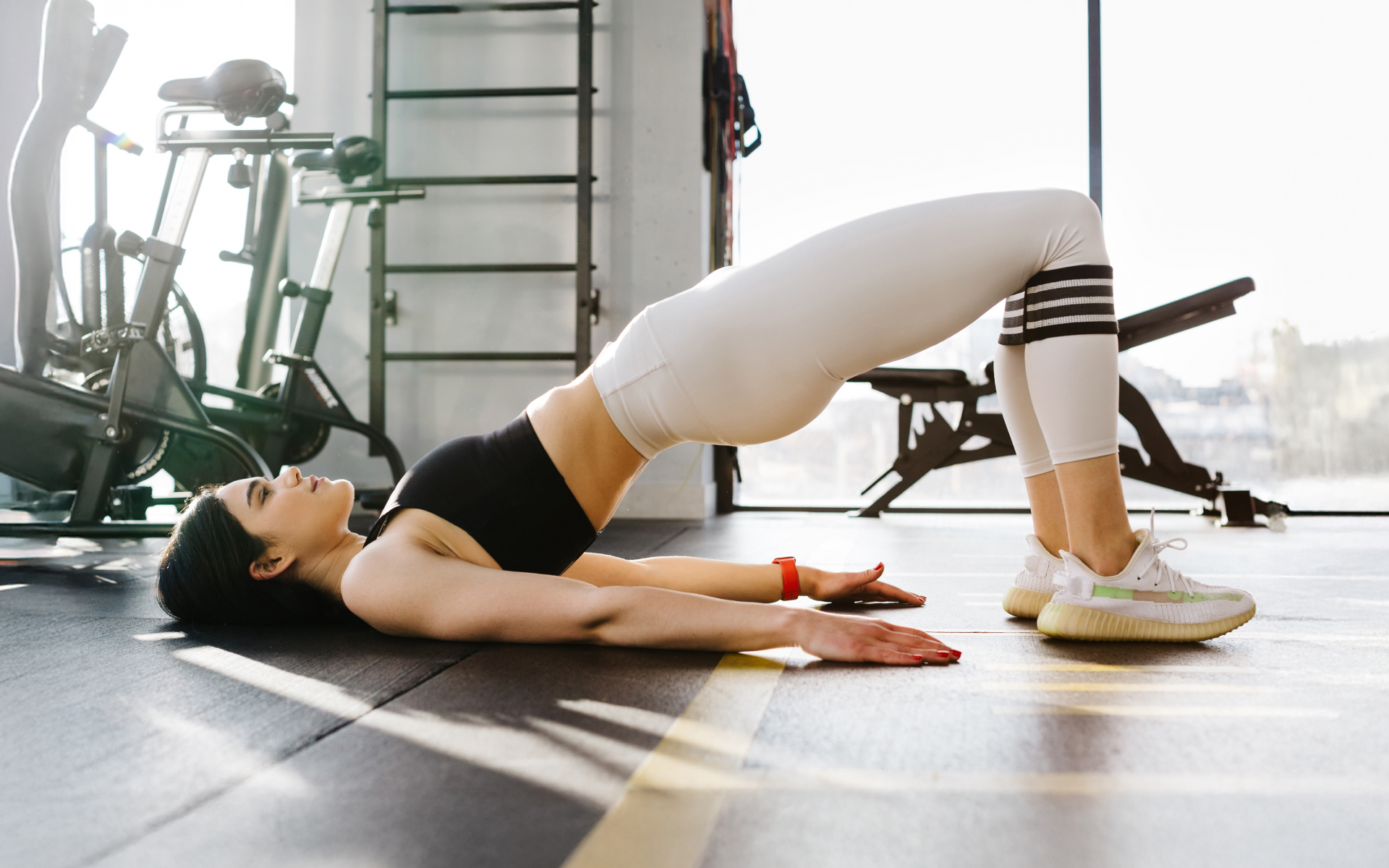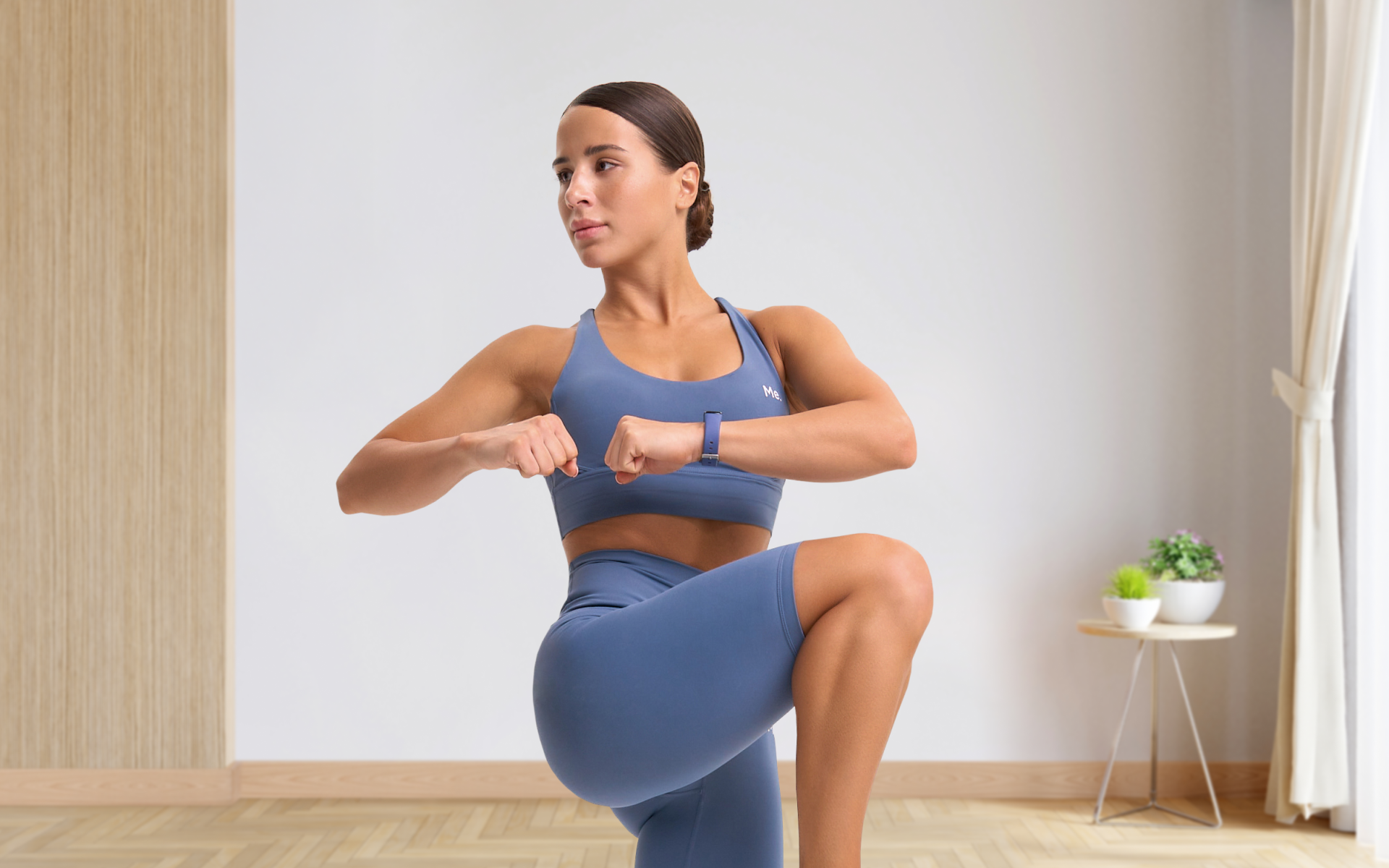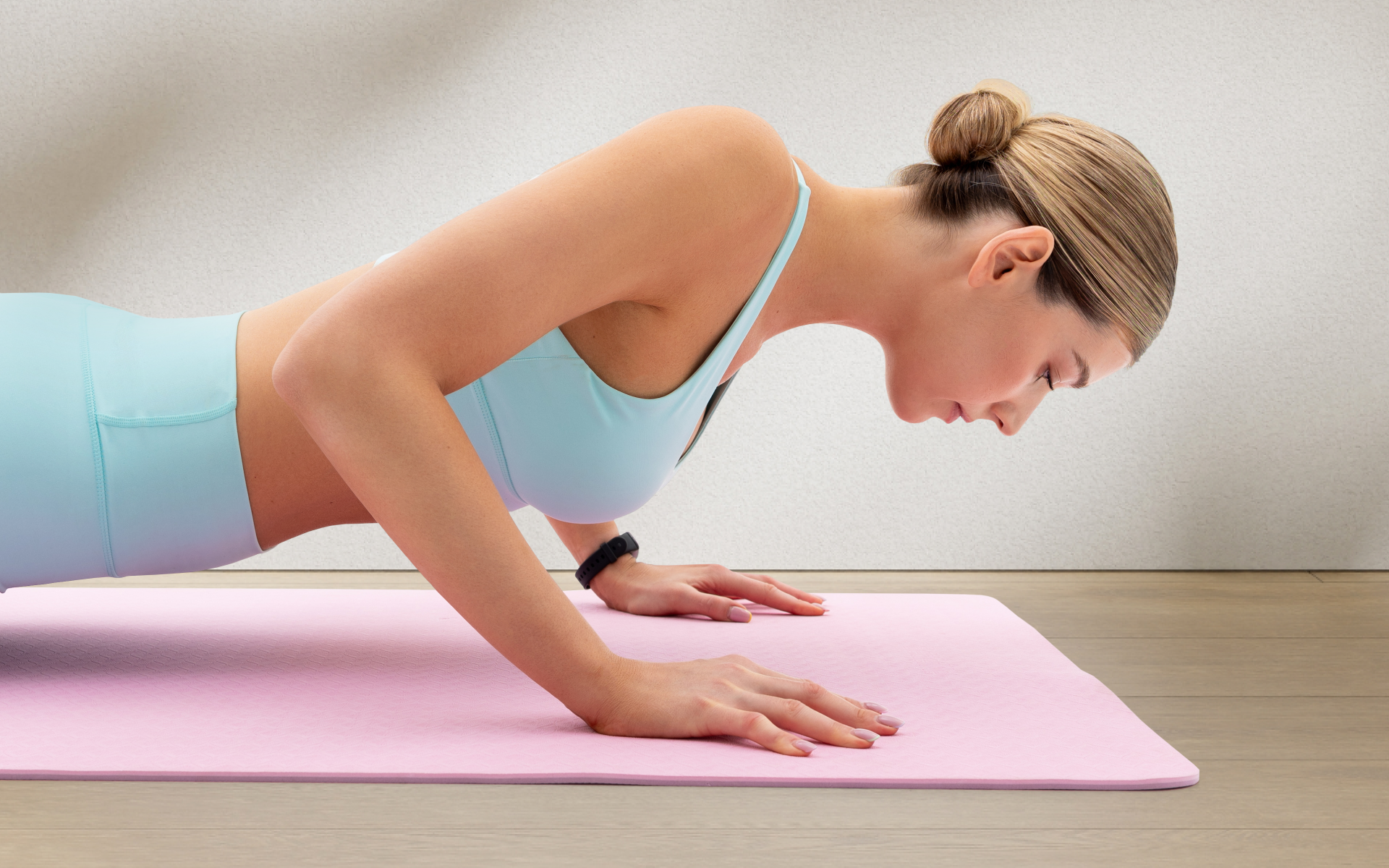Calisthenics is your all-in-one fitness toolkit. Rather than relying on recently hyped gym routines, it uses your body and gravity to get you toned and flexible. You can do a quick calisthenics session at home or even at your workplace, as long as you have enough room to perform these movements.
What was previously considered a routine for military personnel has become a fully fledged workout regimen for both amateurs and veterans in the fitness world. The best part is that calisthenics is highly adaptable. You can easily find calisthenics workout exercises for beginners, starting with simple moves such as squats, push-ups, and planks before you build up to more challenging variations.
This article provides important information about shaping a calisthenics training program and some scientific information on how to proceed to get the desired outcomes.
What Are Essential Calisthenics Workout Exercises?
Calisthenics has some core exercises that can be modified for both beginners and pro athletes. The purpose of these movements is to help build your endurance and flexibility using only your body weight (1). Consider these exercises as the foundation of this training style. Push-ups, squats, pull-ups, and dips are among the must-do exercises that work multiple muscle groups at once.
If you’re new to fitness, chances are it’s been a while since your last workout. And if complicated routines aren’t your thing, the gym may feel more intimidating than inspiring. This is where calisthenics stands out – it’s simple!
However, don’t mistake its easy-to-follow movements for being gentle. The workout sequences can be surprisingly challenging and highly effective. Even if you have previous experience, some foundational moves remain a key part of any effective training routine.
Here, we take a quick look at beginner-friendly calisthenics that should be a part of a simple calisthenics routine:
Push-Ups
- Start in a high plank with your hands under your shoulders.
- Lower your chest toward the floor, keeping your body straight.
- Push back up to the starting position.
Bodyweight Squats
- Stand with your feet shoulder-width apart.
- Bend your knees and push your hips back as if sitting down in a chair.
- Return to standing by pressing your body weight without locking your knees at the top of the movement.
Plank Hold
- Rest on your forearms and toes, keeping your body in a straight line.
- Take a deep breath in through your chest and exhale through your stomach in order to engage your core
- Hold the position without sagging your hips and focus on keeping your core engaged throughout the movement.
Lunges
- Step one foot forward and bend both knees to 90 degrees.
- Don’t let your trailing knee touch the ground – come close to the ground with that knee, but don’t go all the way to the ground
- Push through your front heel to return to standing.
- Repeat on the other side.
Dips (Using a Chair or Bench)
- Sit on the edge of a seat with your hands gripping it.
- Slide forward, bending your elbows to lower yourself.
- Push back up until your arms are straight and your elbows are fully extended.
- Tip: Make sure to use a sturdy chair or table when performing this exercise.
Reasons why BetterMe is a safe bet: a wide range of calorie-blasting workouts, finger-licking recipes, 24/7 support, challenges that’ll keep you on your best game, and that just scratches the surface! Start using our app and watch the magic happen.
Glute Bridges
- Lie on your back with your knees bent and your feet flat on the floor.
- Lift your hips toward the ceiling, squeezing your glutes at the top.
- Lower back down slowly.
Nailing these beginner-friendly calisthenics workout exercises will get you started on a lifelong fitness journey. As you notice changes in your strength and control, you’ll gain the confidence and motivation to push yourself further.
Read more: Calisthenics Leg Raises: Benefits and Beginner-Friendly Variations
Is It Okay to Only Do Calisthenics?
Yes, calisthenics can be a complete substitute for the gym, which is a win for both your wallet and your schedule. Some perks you may experience while doing calisthenics only include:
- Can Lead to Better Fitness
The great thing about calisthenics is you can do it anywhere at any time using just your body. It’s a simple way to build muscle and strength without needing weights, expensive equipment, or a gym membership to hit your fitness goals (1).
- May Ease Your Movements
Calisthenics focuses on moving your body through space. This makes it one of the best forms of functional training (2). It can help you improve the way you perform everyday activities and meet the physical demands of your job or sport.
- Can Improve Metabolism and Heart Health
Simple calisthenics workout exercises, no equipment, such as arm circles and lunges, can make a big difference to your health. This is more important if you spend most of your day sitting.
In one study, sedentary adults who practiced calisthenics three times a week for 10 weeks experienced improvements in blood pressure, resting metabolic rate, heart rate, and body fat levels (3). Over time, these benefits can support better heart health and a more efficient metabolism.
- May Reduce Fall Risks
As you get older, the chances of falls and injuries naturally increase (4). Doing bodyweight exercises that boost balance and coordination can significantly lower this risk (5).
Gentle calisthenics exercises keep your joints healthy, improve flexibility, and maintain muscle tone. These factors are important for staying mobile and independent (6). They also help preserve muscle strength and bone density, which reduces the risk of weakness and keeps you active as you age (6).
Older adults can try simple moves such as chair squats, wall or knee push-ups, standing leg raises, arm circles, and calf raises to stay strong and steady.
The whole point of doing calisthenics is to lubricate your muscles and improve their movements. The exercises can involve your entire body and not prioritize certain muscles over others. Before you start any exercise program, you should talk to your doctor or trainer. Discuss your plans and goals with them to ensure you’re following the right approach.
Can I Build Muscle Just from Calisthenics?
Yes, if you know all the ins and outs of this regime, you can build significant muscles by doing calisthenics alone. To build muscle (hypertrophy), your training must create enough tension and force for your body to work against during each movement (7).
When it’s done properly, resistance training sets the stage for muscle growth by challenging your muscles to overcome the resistance applied. It forces them to adapt to the new stress. Note that it makes no difference if that resistance comes from machines, free weights, or your own body weight. What counts is that it’s enough to create the tension and challenge needed for growth.
Your brain doesn’t care about the source of the resistance – it only responds to the fact that your muscles must produce force to overcome it. This means that both weights and bodyweight exercises can effectively trigger muscle-building adaptations.
Calisthenics has repeatedly shown how it positively impacts muscles. Young adults who want to guard against the natural decline in their muscle mass and strength that often begins in the 40s and 50s should definitely consider adding calisthenics to their workout regimen.
- Functional movements such as squats and push-ups promote long-term mobility, prevent injuries, and support healthy aging (2).
- Isometric holds, such as wall sits and planks, can build muscle strength and endurance (8).
- Dynamic exercises such as lunges and squats may improve your balance and flexibility (9).
- Short bursts of calisthenics during the day break up long periods of sitting, improve circulation, and keep metabolism active (10).
As your bodyweight remains the same, and it’s up to you how you modify the exercises, calisthenics is one of the most convenient exercise methods.
When standard push-ups no longer challenge you, adjusting your body position to a pike push-up shifts the load toward the upper chest and shoulders in a more vertical direction.
Similar to weight training, where small increments are added to a barbell to progressively increase resistance, bodyweight training can be made harder by tweaking the exercise. Adjusting body angles, lever lengths, or motion ranges allows you to gradually raise the challenge and continue building strength.
Read more: Calisthenics Squat Progression Guide to Inch Closer to Your Fitness Goals
How to Make an Effective Calisthenics Workout Plan
Creating a calisthenics workout plan that actually delivers results means combining the right exercises, structure, and progression. A few simple tips that can help you in this regard include:
- Set clear goals: Decide if your focus is building strength, improving endurance, increasing mobility, or all three. Your goals will determine which exercises and training style you choose.
- Choose the right exercises: Include a mix of push, pull, core, and lower-body movements, such as push-ups, pull-ups or inverted rows, squats, lunges, planks, and dips.
- Plan your weekly schedule: Aim for 3 or 5 sessions per week. This will allow each muscle group enough time to recover. Beginners can start with full-body workouts, while more advanced trainers may split upper- and lower-body days.
- Use progressive overload: Gradually increase difficulty by adjusting body angles, adding reps or sets, increasing time under tension, or progressing to harder variations.
- Balance strength and mobility: Combine dynamic moves such as lunges with isometric holds such as wall sits or planks to improve both strength and control.
- Include warm-up and cool-down: Start each session with light cardio and mobility drills, and finish with stretching to maintain flexibility and prevent injury.
- Track your progress: Keep a record of reps, sets, and exercise variations to ensure you’re consistently challenging yourself over time.
Calisthenics isn’t a magical solution to all your fitness problems. Sometimes, you may need a different approach depending on the issues you face. For example, if your goal is to gain maximum muscle mass in the shortest time, adding weight training could help accelerate results. Those recovering from an injury may need a tailored rehab program that focuses on mobility and gentle resistance before attempting more intense bodyweight movements.
The key is understanding that calisthenics is a versatile tool. However, as with any tool, it works best when it’s used in the right way for your unique needs and goals.
What Are Some Good Calisthenics Workout Exercises?
We’ve already mentioned some of the simple calisthenics exercises. Most of these, such as push-ups, squats, and dips, target a different muscle group. These exercises can be changed to adapt to any fitness level. Check out a beginner-friendly calisthenics workout we’ve created for our readers:
Warm-Up (5 to 7 minutes)
- Arm circles: 30 seconds forward, 30 seconds backward
- High knees: 1 minute
- Bodyweight squats: 10 reps
- Shoulder rolls: 20 seconds in each direction
Workout (Perform 2 to 3 rounds, rest 60-90 seconds between rounds)
- Glute bridges: 12-15 reps
- Bodyweight squats: 12-15 reps
- Push-ups (on knees if needed): 8-10 reps
- Lunges: 8-10 reps per leg
- Plank hold: 20-30 seconds
Cool-Down (3 to 5 minutes)
- Standing quad stretch: 20 seconds per leg
- Chest stretch against a wall or doorway: 20 seconds per side
- Hamstring stretch: 20 seconds per leg
This routine is gentle enough for beginners, but still provides a solid base to build strength. As you become stronger, you can increase the reps or difficulty of each move.
How Long Should a Calisthenics Workout Be?
There’s no definite answer to how long your calisthenics routine should be. It depends on factors such as your fitness level, goals, and the type of exercises you choose. And although there’s no single “perfect” duration, these general guidelines can help you decide what works best:
- For beginners: Aim for 25 to 30 minutes, including warm-up and cool-down. This prepares your muscles for exercise, reduces injury risk, and helps you build consistency (11).
- For weight loss: Target 45 to 60 minutes with moderate to high intensity, including warm-up and cool-down. Longer sessions help burn more calories and promote fat loss (12).
- For muscle growth: Plan for 30 to 60 minutes, 2 to 5 times per week, with a well-structured program that matches your fitness level (13). Allow rest days for recovery, as muscle repair happens between workouts.
A balanced, healthy diet is essential for both fat loss and muscle gain. Calisthenics workout exercises at home alone aren’t enough to deliver lasting results. It’s important to adjust your workout duration based on your progress, energy levels, and personal goals. For most people, 30-45 minutes of beginner calisthenics exercises is the right starting point – this will give them enough time to build strength and develop proper form.
As your fitness improves, you can gradually increase the duration/intensity to keep challenging your body and achieving better results.
BetterMe will shake off your mental funk, rid you of your energy-zapping habits, and help you sculpt the body of your dreams. Intrigued? Hurry up and change your life for the better!
How Long Does Calisthenics Take to See Results?
The results you see from calisthenics may vary from person to person. On a general note, the table below shows what to expect in the next few weeks according to the goals you have:
| Type of Progress | Timeframe | Notes |
|---|---|---|
| Strength/endurance gains | 3-4 weeks | Noticeable improvement in performance and stamina |
| Visible muscle definition | 8-12 weeks | Depends on diet, consistency, and intensity |
| Mobility and flexibility | 2-4 weeks | Faster results with daily stretching |
| Weight/fat loss | 4-8 weeks | Requires balanced nutrition alongside workouts |
What Will Happen if I Do Calisthenics Every Day?
We’ve all heard the phrase “too much of everything is bad.”
However, things are quite different when it comes to calisthenics. Doing it daily may lead to faster skill improvement, better endurance, and improved mobility. This is particularly true if you vary your exercises and avoid overworking the same muscle groups. You’ll likely feel more energized, see better coordination, and notice gradual strength gains.
Note that without enough rest, you risk overtraining, fatigue, or injury. To see the best results, alternate between muscle groups, mix intensity levels, and include at least one or two rest or active recovery days each week.
Absolutely, if you do it right. 20 minutes of focused calisthenics can get your heart rate up. The key is to keep the intensity high and choose compound movements that work multiple muscle groups simultaneously. Over time, you can always add more sets, reps, or minutes as your fitness improves. It depends on when you feel your best. Morning workouts can wake you up and set a positive tone for the day, while evening workouts can help you blow off steam and may feel easier if your body’s fully warmed up from daily activity. The best time is the one you’ll actually stick to consistently. A light snack before training can give you energy, but doing calisthenics on an empty stomach is fine too. If you’re going for a longer or more intense session, eat a small, balanced snack about 30 to 60 minutes before, then refuel after the session to help your muscles recover. However, you should always listen to your body and test out what works for you. Not eating before a workout can lead to feelings of dizziness and you’ll need to prevent this in order to keep yourself safe when exercising. If you’re curious about pre-workout snacks, check out our earlier article. Calisthenics is safe for most people, but if you have a medical condition, you should check with your doctor first. Also, if you’re recovering from an injury, start slow and focus on gentle, low-impact movements. A medical professional will be your best resource for ensuring you can complete any form of exercise or new workout program. Frequently Asked Questions
Is 20 minutes of calisthenics a day enough?
Is it better to work out in the morning or at night?
Is it better to do calisthenics before or after eating?
Who shouldn’t do calisthenics?
The Bottom Line
Calisthenics is a versatile, cost-free, and effective way to build strength, flexibility, and endurance using only your body weight. With beginner-friendly exercises like push-ups, squats, planks, and lunges, you can start anytime, anywhere—no gym required. As you progress, tweaking angles, reps, and intensity ensures continuous muscle growth and skill development. Whether your goal is strength, mobility, weight loss, or healthy aging, calisthenics can adapt to your needs. The key is consistency, progression, and balance between effort and recovery—making it a lifelong tool for fitness and functional health.
DISCLAIMER:
This article is intended for general informational purposes only and does not serve to address individual circumstances. It is not a substitute for professional advice or help and should not be relied on for making any kind of decision-making. Any action taken as a direct or indirect result of the information in this article is entirely at your own risk and is your sole responsibility.
BetterMe, its content staff, and its medical advisors accept no responsibility for inaccuracies, errors, misstatements, inconsistencies, or omissions and specifically disclaim any liability, loss or risk, personal, professional or otherwise, which may be incurred as a consequence, directly or indirectly, of the use and/or application of any content.
You should always seek the advice of your physician or other qualified health provider with any questions you may have regarding a medical condition or your specific situation. Never disregard professional medical advice or delay seeking it because of BetterMe content. If you suspect or think you may have a medical emergency, call your doctor.
SOURCES:
- Calisthenics: An effective, low-frills way to stay fit (2024, health.harvard.edu).
- A Comprehensive Review of Calisthenics: Evolution, Science, and Practice (2025, ijcrt.org)
- Impact of specific calisthenics conditioning program on physiological and health-related fitness parameters of sedentary adults (2024, ijpas.org)
- The Risk of Falling in Elderly Increased with Age Growth and Unaffected by Gender (2017, http://114.7.153.31)
- The effects of a calisthenics training intervention on posture, strength and body composition (2017, journals.sagepub.com)
- Musculoskeletal exercise: Its role in promoting health and longevity (2023, sciencedirect.com)
- The Influence of Movement Tempo During Resistance Training on Muscular Strength and Hypertrophy Responses: A Review (2021, pmc.ncbi.nlm.nih.gov)/
- The effect of 10-week wholebody calisthenics training program on the muscular endurance of untrained collegiate students (2024, jhse.es)
- Effects of an 8-week lunge exercise on an unstable support surface on lower-extremity muscle function and balance in middle-aged women (2022, pmc.ncbi.nlm.nih.gov)
- The Effect of Breaking Up Sedentary Time with Calisthenics on Neuromuscular Function: A Preliminary Study (2022, mdpi.com)
- Warm Up, Cool Down (n.d., heart.org)
- Examining the Impact of 45 Minutes of Daily Physical Education on Cognitive Ability, Fitness Performance, and Body Composition of African American Youth (2012, researchgate.net)
- Evidence mounts on the benefits of strength training (2022, hsph.harvard.edu)
